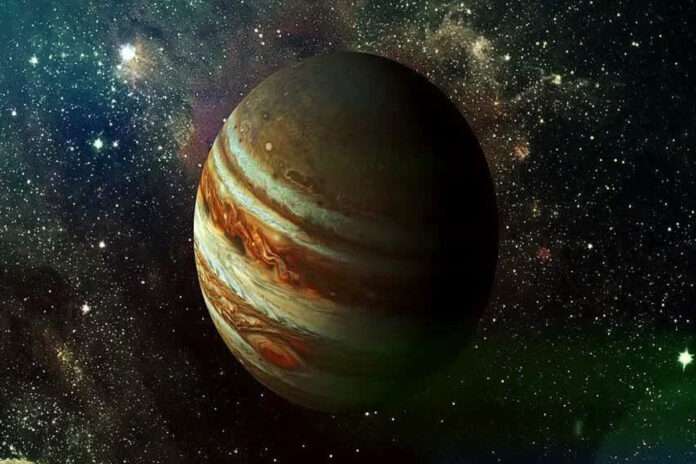From the viewpoint of Earth’s surface, opposition happens when an astronomical object rises in the east as the Sun sets in the west, placing the object and the Sun on opposite sides of Earth.
Washington: Jupiter is set to make its closest approach to Earth in the last 70 years and on September 26, stargazers can expect an excellent view when the giant planet reaches opposition.
From the viewpoint of Earth’s surface, opposition happens when an astronomical object rises in the east as the Sun sets in the west, placing the object and the Sun on opposite sides of Earth.
Jupiter’s opposition occurs every 13 months, making the planet appear larger and brighter than any other time of the year. But that’s not all.
“Jupiter’s closest approach to Earth rarely coincides with opposition, which means this year’s views will be extraordinary,” NASA said in a statement late on Friday.
At its closest approach, Jupiter will be approximately 365 million miles in distance from Earth. The planet is approximately 600 million miles away from Earth at its farthest point.
“With good binoculars, the banding (at least the central band) and three or four of the Galilean satellites (moons) should be visible,” said Adam Kobelski, a research astrophysicist at NASA’s Marshall Space Flight Center in Huntsville, Alabama.
“It’s important to remember that Galileo observed these moons with 17th century optics. One of the key needs will be a stable mount for whatever system you use,” he noted.
At its closest approach, Jupiter will be approximately 365 million miles in distance from Earth. The planet is approximately 600 million miles away from Earth at its farthest point.
Kobelski recommends a larger telescope to see Jupiter’s Great Red Spot and bands in more detail — a four inch-or-larger telescope and some filters in the green to blue range would enhance the visibility of these features.
According to Kobelski, an ideal viewing location will be at a high elevation in a dark and dry area.
Jupiter has 53 named moons, but scientists believe that 79 have been detected in total.
The four largest moons — Io, Europa, Ganymede and Callisto — are called the Galilean satellites.
NASA’s Juno spacecraft, which has been orbiting Jupiter for six years, is dedicated to exploring the planet’s surface and its moons.
Scientists believe studying Jupiter can lead to breakthrough discoveries about the formation of the solar system.
*********************************************************************
Readers
These are extraordinary times. All of us have to rely on high-impact, trustworthy journalism. And this is especially true of the Indian Diaspora. Members of the Indian community overseas cannot be fed with inaccurate news.
Pravasi Samwad is a venture that has no shareholders. It is the result of an impassioned initiative of a handful of Indian journalists spread around the world. We have taken the small step forward with the pledge to provide news with accuracy, free from political and commercial influence. Our aim is to keep you, our readers, informed about developments at ‘home’ and across the world that affect you.
Please help us to keep our journalism independent and free.
In these difficult times, to run a news website requires finances. While every contribution, big or small, will makes a difference, we request our readers to put us in touch with advertisers worldwide. It will be a great help.
For more information: pravasisamwad00@gmail.com



